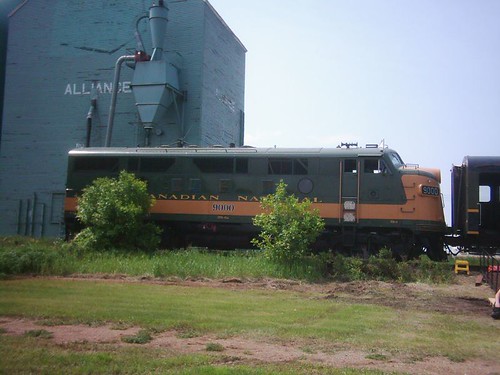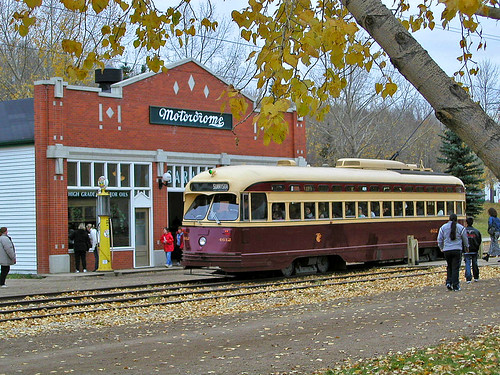St.Albert is Alberta's oldest non-fortified community with roots going back to 1861. At this time, Father Lacombe convinced Bishop Tache' that a mission be established on the Sturgeon River to serve the Aboriginals and the Metis of the district. The first building to be erected was a modest log chapel. Two years later St.Albert became the site of the settlement's first school with three Grey Nuns as its teachers. In 1864 the " Youville Asylum" was opened and served as both convent and school. The Asylum later functioned as an orphanage and as the first hospital in Central Alberta.By 1870.St.Alberta had become the largest settlement west of St. Boniface,Manitoba. It boasted a population of 1,000 including both Metis and white settlers. Between 1870 and 1900, the area surrounding St.Albert attracted an increasing number of settlers, primarily French-Canadians. As a result , the community prospered and in 1904 was officially incorporated as a town. By mid-century , St.Albert had began to lose much of it rural appearance. Perron Street was home to a butcher shop, restaurants, hardware and general stores. In 1977, St. Albert became Alberta's eleventh city. Today St. Albert continues to grow and prosper ,offering its 60,000 residents a high quality of life with abundant recreational opportunities and award wining cultural and arts programs.
Mission Hill - Father Lacombe Chapel - St. Albert Catholic Parish
The Little White School House The Grain Elevator Park and Train Station















































